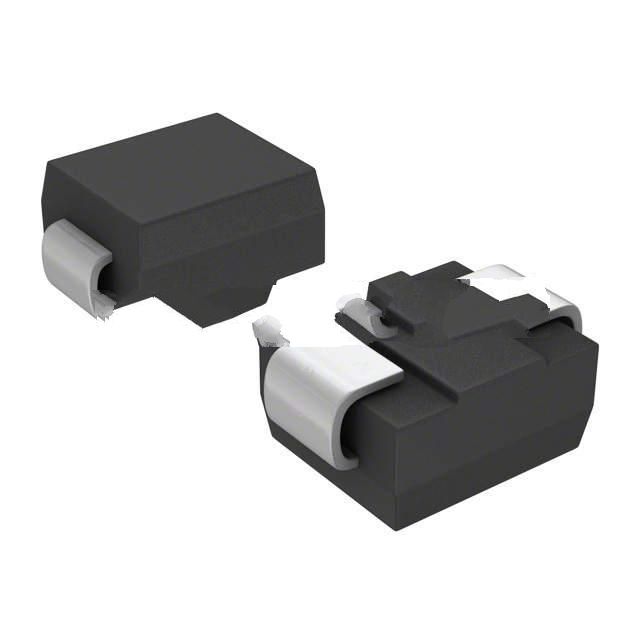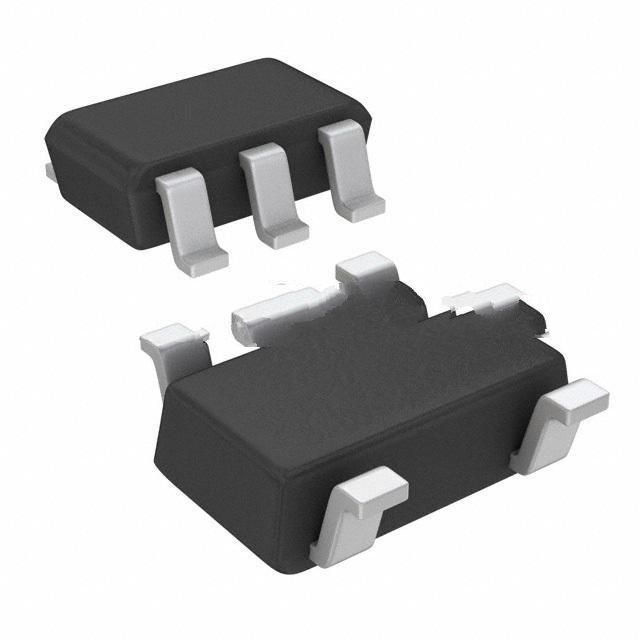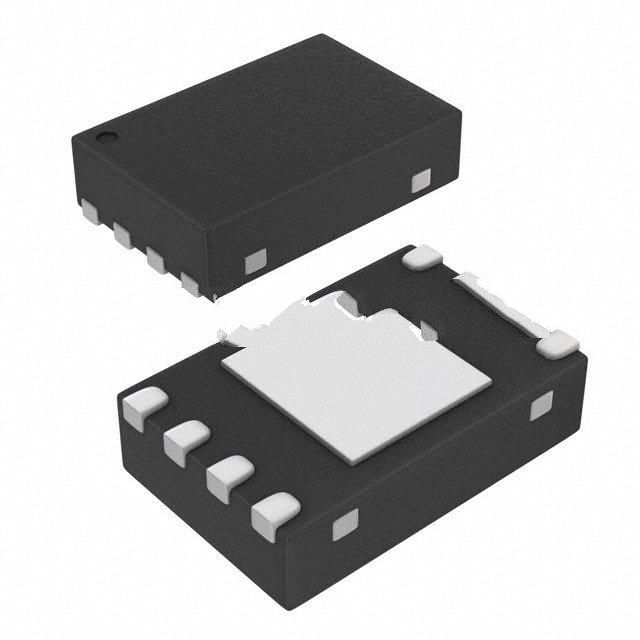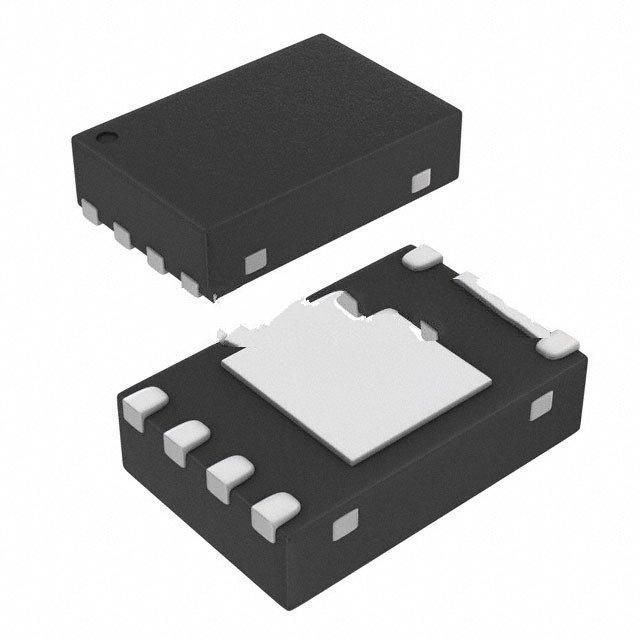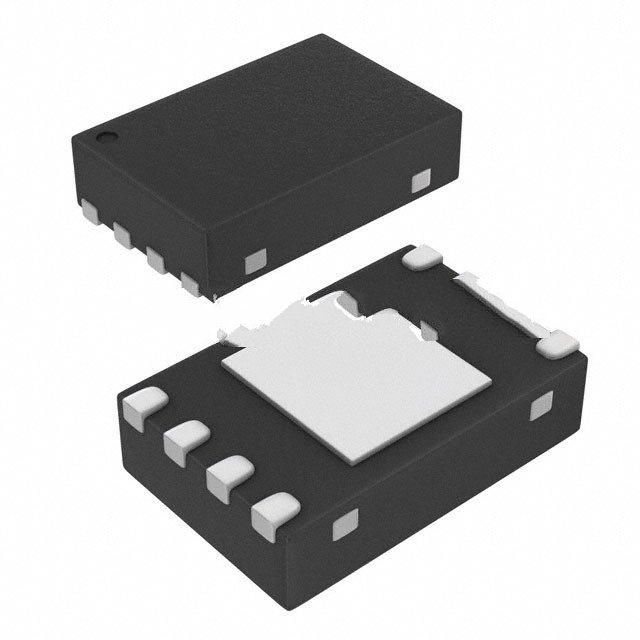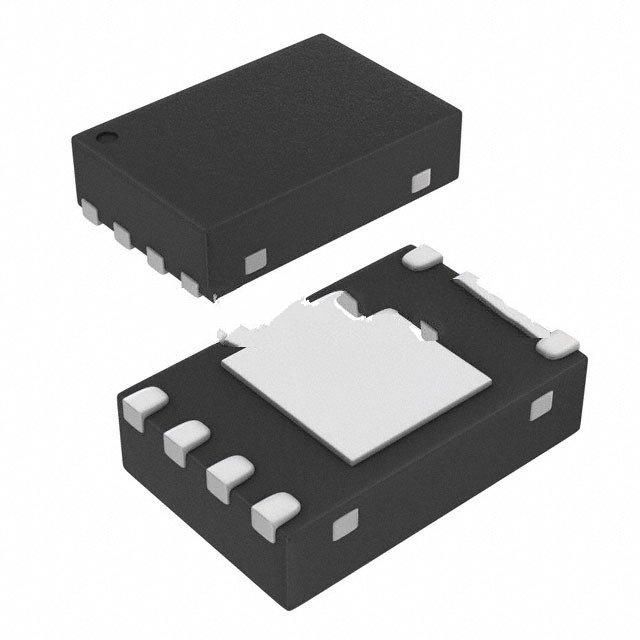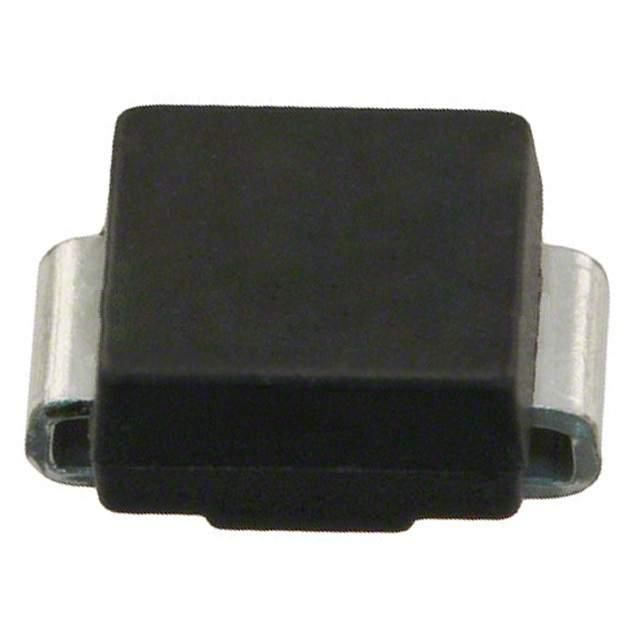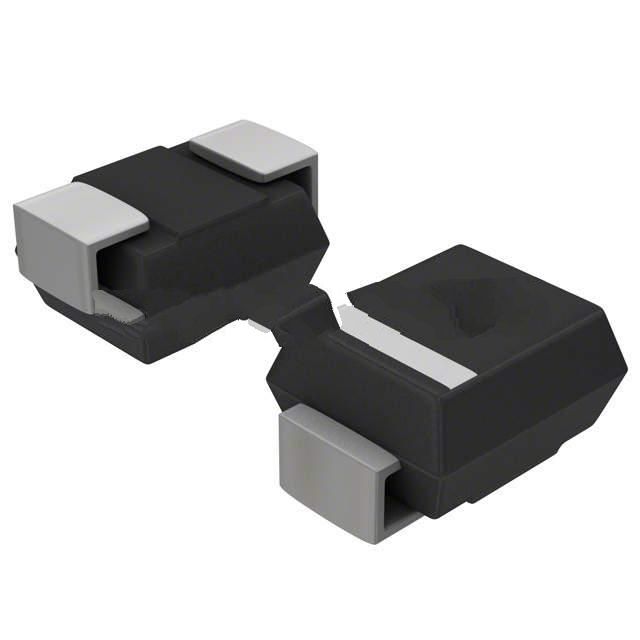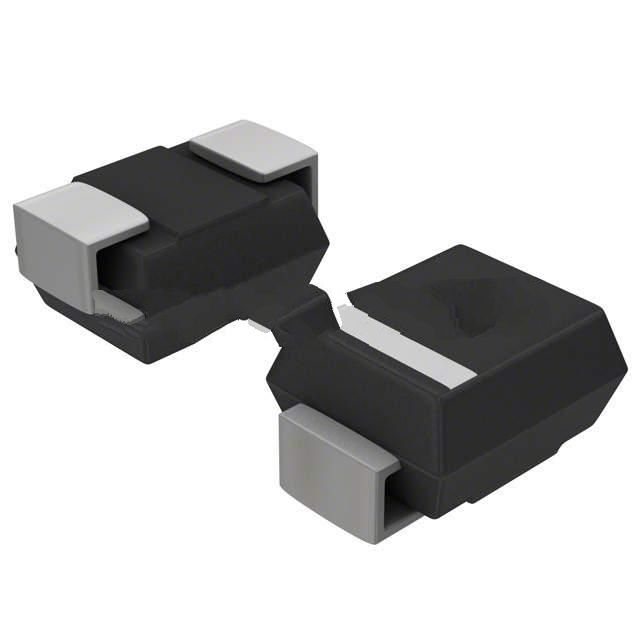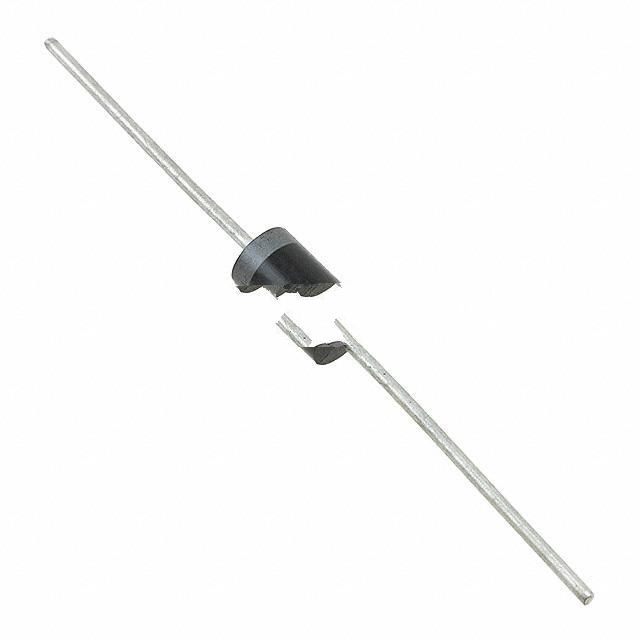How wearables are driving high-quality development in the healthcare industry

How wearables are driving high-quality development in the healthcare industry
sensor, low power, wireless, medical
Recent years of COVID-19 have brought awareness to the importance of timely medical data in helping to identify vulnerable and high-risk groups. Before the COVID-19 pandemic, medical wearables and other connected medical devices could provide the long-term data needed to warn of potential health problems. Wearables are likely to play an even bigger role in healthcare after this pandemic is over. By providing continuously updated measurements of key vital signs, wearables will help reduce treatment time, freeing healthcare workers from performing necessary but time-consuming measurements, allowing them to focus on patient care. Here, we'll explore how wearables can provide a long-term, effective solution to providing healthcare workers with the essential patient data they need.
The importance of vital signs monitoring
Vital sign monitoring often gives health care providers the first glimpse of a patient's condition or chronic health problem. As a result, for decades, an individual's key vital signs, including temperature, pulse, respiratory rate, and blood pressure, have been measured before entering a doctor's office, clinic, or hospital. In some health conditions, other physiological indicators such as peripheral blood oxygen saturation are becoming more important and are also included in the measurement of vital signs.
Physicians with solid professional training and clinical experience can detect underlying pathological problems through changes in major vital signs or abnormal readings,
content include:
Body temperature, which can reflect the body's immune system's response to infection or other conditions.
Heart rate, which can help detect possible heart problems.
Respiratory rate, which reflects overall cardiovascular health and provides a particularly important indicator of possible cardiorespiratory problems.
Blood pressure, which reflects cardiovascular health and various other diseases.
With the development of the COVID-19 coronavirus outbreak, vital sign monitoring has become especially important. Fever is seen as a relatively reliable predictor of COVID-19 and is quickly and widely used as a relatively reliable predictor of COVID-19 by healthcare workers who have found that infection with the SARS COV-2 virus that caused the outbreak induces an immune response in the body, which in turn leads to elevated body temperature. The main means of screening suspected cases. In fact, regular monitoring of a full set of vital signs is very important for those who are considered high risk due to age, chronic health problems or possible compromised immune systems.
For those infected with SARS-CoV-2, physicians monitor a range of vital signs to monitor the progression of COVID-19 disease. People with COVID-19 have low oxygen saturation and their breathing rate rises as the cardiorespiratory system tries to get more oxygen. As further development of the disease will seriously affect human health, frequent monitoring of patients' vital signs becomes critical.
Monitoring vital signs with wearable technology
For each vital sign, the corresponding wearable technology has been or will be launched on the market to monitor the vital signs regularly for a long time as needed.
Smartwatches and fitness bands with built-in heart rate monitors not only provide users with basic heart rate measurements, but can also serve as the basis for advanced technology to detect other health problems. Experts conducted research using heart rate data provided by HRM smartwatches and found that even using conventional heart rate data can provide detection of atrial fibrillation or other arrhythmias. Their further research found that heart rate data could provide an early indicator of diabetes or pre-diabetic conditions. Other types of heart rate data analysis can also provide heart rate variability measurements to detect physiopathological and psychological problems that affect health and life.
Other analysis techniques rely on the same type of optical sensors used in HRM smartwatches and fitness wearables to derive data related to SpO2, respiratory rate and blood pressure data without the need for a separate pulse oximeter clip, breathing chest strap or blood pressure cuff. Likewise, other wearable and measurement technologies can generate electrocardiograms with sufficient resolution to allow doctors to conduct more in-depth examinations.
In the long term, wearables can also help ensure compliance for patients who do not need to go to a clinic or even at home for treatment with large medical devices. In fact, even though some wearable medical device measurements often show reduced variability and resolution, their data can often still provide early warnings to health care providers.
Enhanced Healthcare Surveillance with Key Companion Technologies
Advanced sensor technology and sophisticated analytics are just one piece of the wearable healthcare puzzle, and many other technologies are needed to enable continuous vital signs monitoring. Wearable developers can take advantage of a wide range of wireless connectivity solutions, including microcontrollers with integrated radio subsystems to provide Bluetooth 5 and other connectivity.
Wearables can employ standard security mechanisms to provide a high level of data confidentiality and integrity for the medical data chain. Wearables based on wireless microcontrollers can securely send medical data to mobile devices, local networks and even the cloud. These Bluetooth devices also provide the basis for contact tracing algorithms to avoid compromising individual privacy or safety in the event of a COVID-19 outbreak. These Bluetooth devices and other ultra-low power devices have the capabilities and performance to support more complex medical algorithms without compromising the limited power budgets of battery-operated products.

